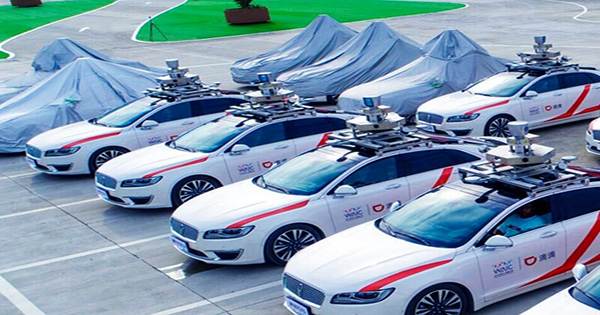As China is autonomous driving race heats up, Didi Uber old partner, Swedish driver Volvo, is rushing to increase its fleet by choosing him as its partner. Didi said on Monday that it would use the Volvo XC90 SUV for the long-term robotaxis network, which has owned by Chinese auto company Geely since 2010.
Didi created a subsidiary dedicated to autonomous driving last year and the unit has raised about $800 million from investors, including Softbank Vision Fund and IDG Capital. The subsidiary now has more than five hundred employees. Didi launched as a ride-sharing app in 2012 and Uber made China proud in 2016. It now provides multiple dynamic services including financial services to drivers including taxi-healing, ride healing, carpooling, shared bikes and scooters. Reuters reported last month that the company was looking for a $100 billion answer to its initial public offering.
Didi’s autonomous driving arm has been testing robotaxis in China and the United States for the past two years, but the Volvo XC90 model will be the first to adopt Didi’s freshly minted self-driving hardware system called Gemini, which includes sensors such as short, mid and long. , Camera, arrange a heat imager; A fallback system; and remote support via 5G network.
Didi said its Gemini platform, combined with Volvo’s backup functions including steering, braking and electrical power, would eventually allow its robotics to remove safety drivers. If one of the primary systems fails during a journey, Volvo’s backup systems can work to get the car to a safe stop. Didi is competing in China with money-spent robotics startups, such as Pony.ai and Wired, which are busy testing in major Chinese cities and California, surpassing R&D spending to reach Level 4 driving.
Another Chinese robotics company, AutoX, announced last week that it would use Honda Accord and Inspire sedans to test in China. According to some, Didi’s end is a mountain of driving data from extensive business ride-driving data across Asia, Latin America, Africa, and Russia. Emerging electric motorists such as Neo and Xpeng have also taken part in the race to automated vehicles, with strong claims that they too will soon be able to remove safety drivers. Meanwhile, traditional carmakers do not want to leave behind. BAIC, a state-owned enterprise, for example, is adding Huawei’s advanced automation system and smart cockpit to its new electric passenger car.















